Data center energy storage explosion? Do not pay attention to these points may "burst the mine"
August 04, 2022
After the full launch and orderly implementation of "East Data and West Computing", data centers have entered a new era of development, and a series of R&D and practices have been carried out by relevant entities around high technology, high computing power, high energy efficiency and high security. Among them, the exploration for energy storage system can be said to be of great concern.
This stems from the various benefits that energy storage systems can bring. In theory, a perfect energy storage system can carry out effective peak shaving and valley filling. By storing energy, the energy storage system can supply power during the peak of electricity price and store energy during the trough of electricity price, which can reduce the investment of electricity and help data center save cost. At the same time, energy storage systems can also drive energy and carbon reduction in data centers.
So, what should data centers pay attention to during the development of energy storage systems?
First, the cost of application, technological developments and implementation conditions are crucial. The cost is for commercial consideration, the market environment, the cost and benefit must be balanced in order for the enterprise to achieve development, which is also the basis for the adoption of energy storage system.
The requirements of technology development and implementation conditions are based on the basic responsibilities of energy storage systems. The most basic purpose of energy storage is to carry out energy use and ensure the smooth operation of data centers. This requires that energy storage technology is not only advanced, but more importantly, mature and has the conditions for implementation. If the emerging energy storage technology or solution cannot guarantee stable power supply, Chai Fa is instead a better choice.
Secondly, the energy storage system is a part of the data center, and its construction will affect the layout of the whole data center. This impact can be divided into two aspects, one is the impact from the construction itself, the data center is a whole, any change in one of the links will affect the overall pattern. For example, BIPV (Building Integrated Photovoltaic), which uses the surface of the building to absorb solar energy, has the advantage of making full use of space, but the impact on building load bearing, construction difficulty and design cannot be ignored.
The second is the impact on operation and maintenance. The industry of data center is characterized by long-cycle operation, and once built, the operation cycle is as long as 20 to 30 years. The added or improved energy storage system requires long-term management, which increases the difficulty of operation and maintenance, and even requires the training of professional technicians to be responsible for it, increasing the cost of the data center.
In addition, there is a topic that cannot be bypassed in the R&D and practice of energy storage system, which is the physical carrier of energy storage - battery. At present, there are two main types of battery applications in data centers: lithium batteries and lead-acid batteries.
Among them, lithium batteries are widely favored. In terms of service life, energy density and space saving, lithium batteries are generally better than lead-acid batteries. However, lithium batteries also have defects at present, mainly in safety performance, and data centers precisely require high safety, which also makes data centers have greater doubts when choosing lithium batteries.
Lead-acid batteries with mature technology and high safety are currently the mainstream batteries for data center applications, but most lead-acid batteries cannot be compared with lithium batteries in terms of battery capacity and service life, etc. However, lead-acid batteries currently also have technical breakthroughs. Such as OPzV solid-state batteries, Rui Da International Group deputy general manager and chief engineer Liu Zhaoyong said, compared to lithium batteries, OPzV solid-state lead batteries are safer and can reach more than 98% in terms of recyclability, and are currently performing better in terms of cost and acceptance.
From a comprehensive point of view, in the context of the "East is West" and under the requirement of green low-carbon development, the development of data center energy storage is an inevitable trend, but it is still in the exploration stage, and there is more room for optimization in terms of technology and solutions.
Read More

 English
English français
français español
español
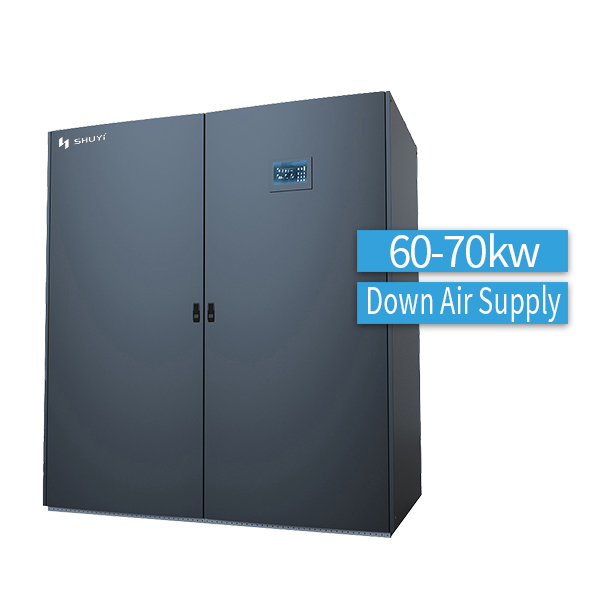
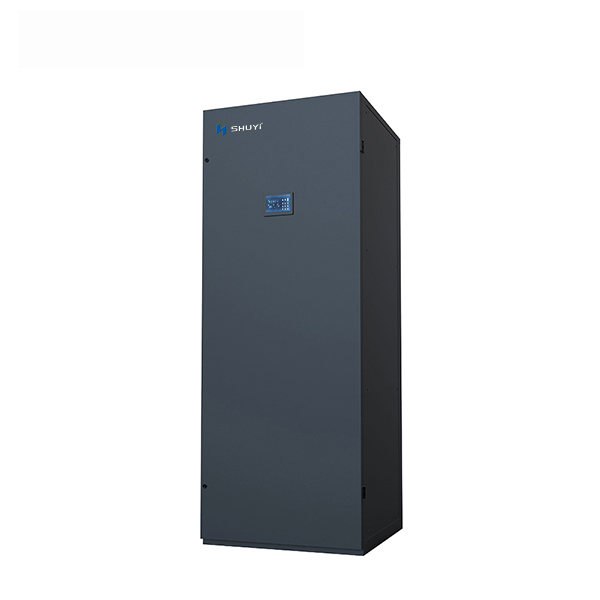

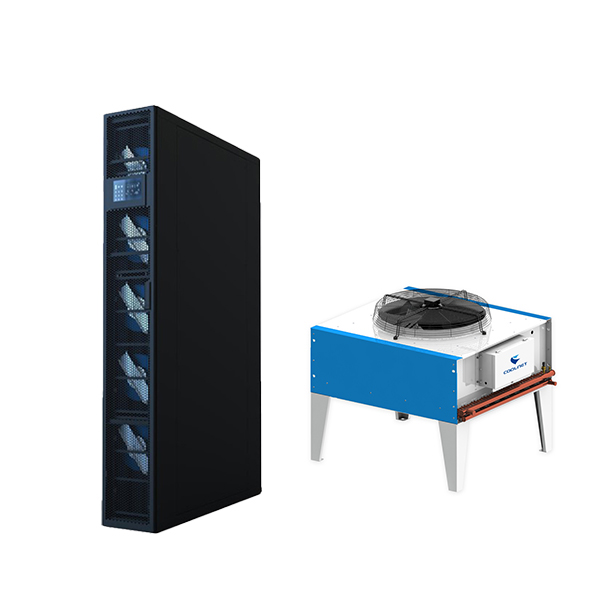

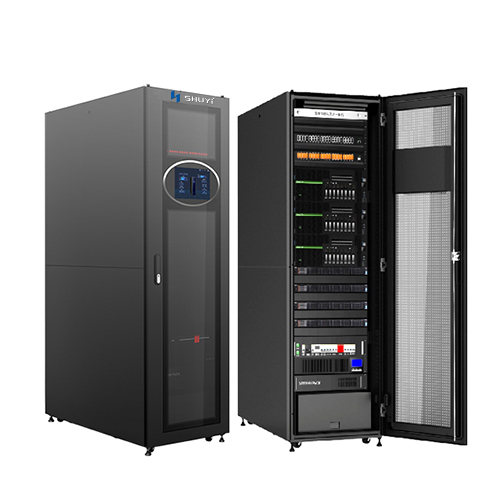
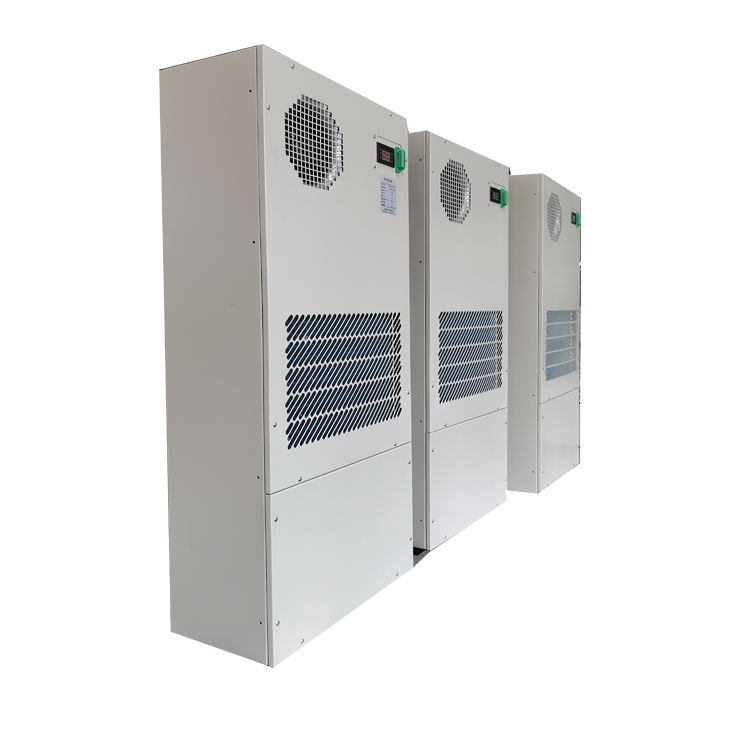
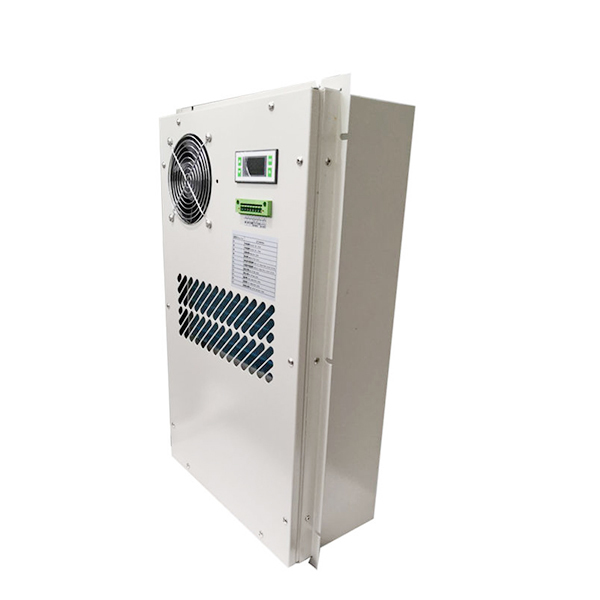
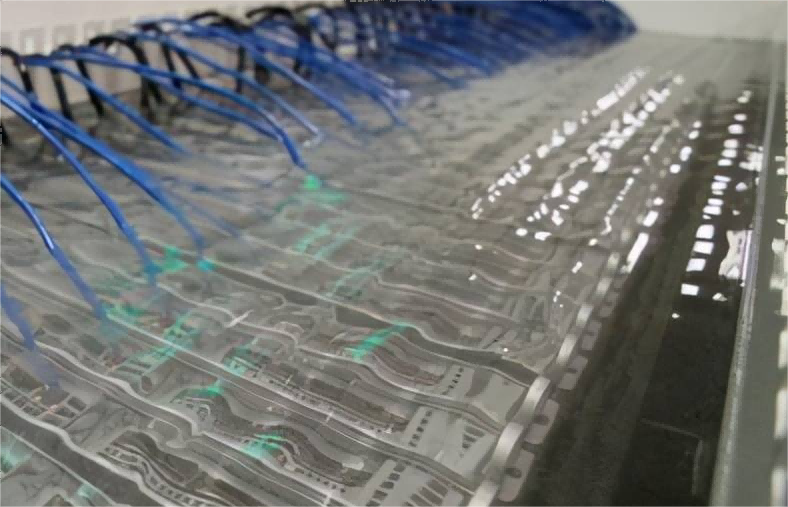
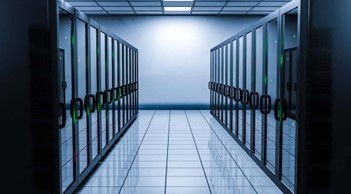
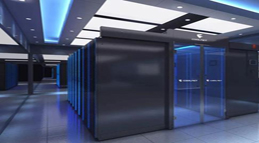

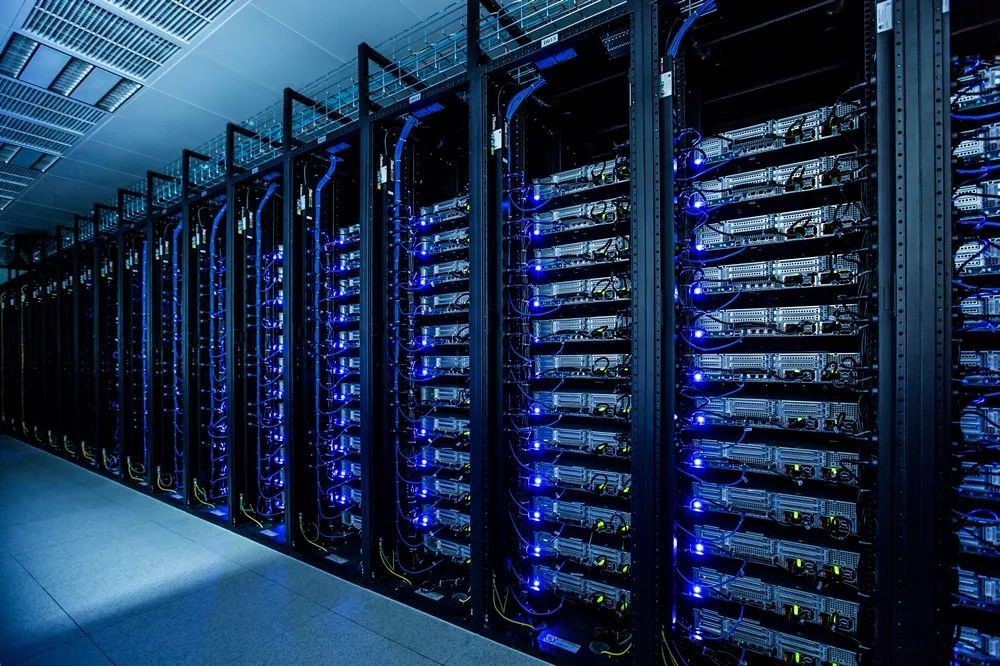
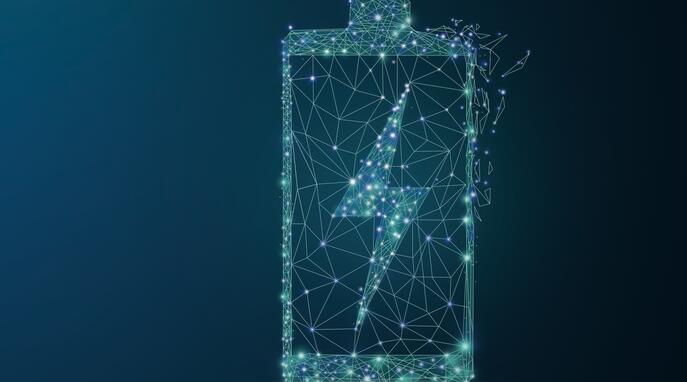

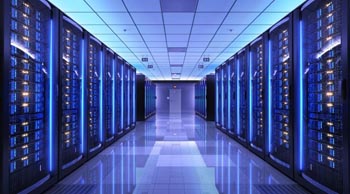





 IPv6 network supported
IPv6 network supported